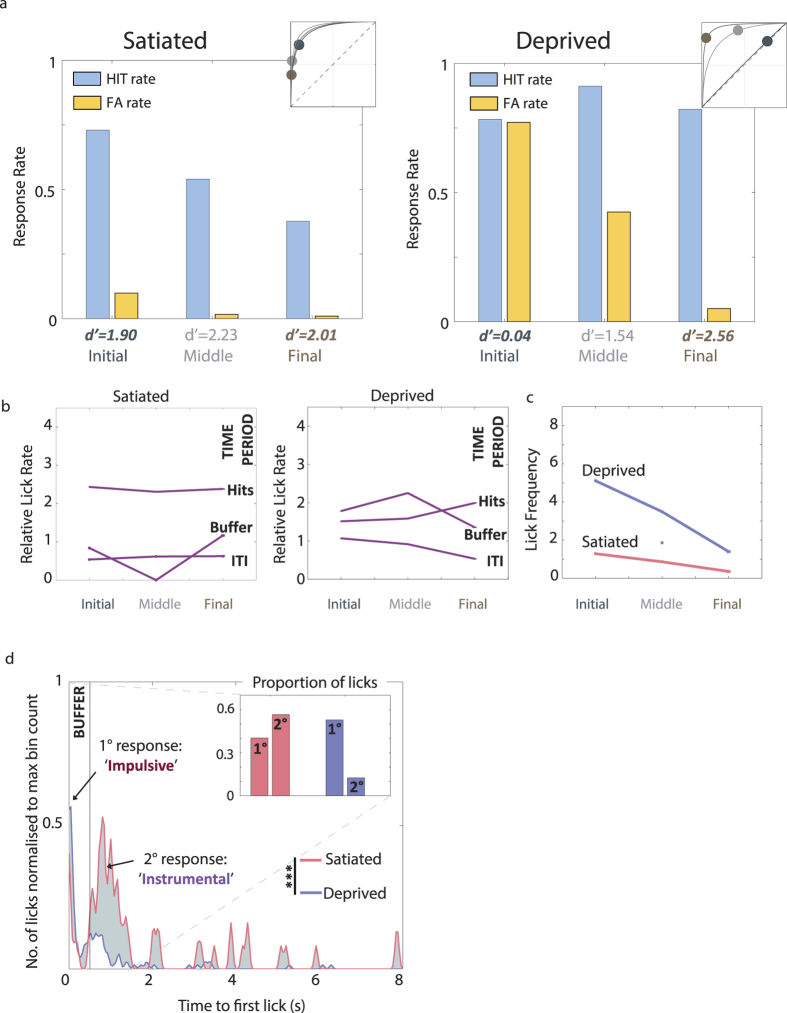Figure 6. Satiated states result in better performance once a task has been learnt.
(a) ROC plots for consecutive sessions by one mouse in the absence of (Satiated, 114 trials) and vulnerable to changes in motivation (Deprived, 168 trails). A brief free-water period prior to the Satiated session resulted in a stable instrumental performance throughout. Returning to the usual water restriction regimen for the Deprived test session on the following day reinstated the vulnerability of instrumental responding to motivational influence. (b) Relative lick rate (LRel) for 3 different time periods within trials are shown for this mouse: Hits, Buffer, ITI (see Fig. 4b). Left, during the Satiated session, lick efficiency for Hits remained high throughout the session. Right, Buffer LRel remained during the Deprived state until the Final segment of the session. (c) The frequency of licks (LFreq) for the Deprived state followed the typical trajectory shown by the group, gradually decreasing over the course of the session while the Satiated LFreq showed little difference between the 3 session segments. (d) First-lick latencies (LLat) over all outcomes for the whole session. The majority of the first licks for the Satiated session occurred in the post-Buffer time period, suggesting the dominance of goal-directed responding. In contrast, the latency profile of the Deprived session showed a typical sharp peak immediately after trial onset and a much smaller secondary peak centered on 0.5 s. (Satiated vs Deprived LLat profile, ***p < 0.0001, Student’s t-test). 1°: primary, 2°: secondary peak. Inset: the difference between the Pavlovian and Instrumental components for both sessions.

